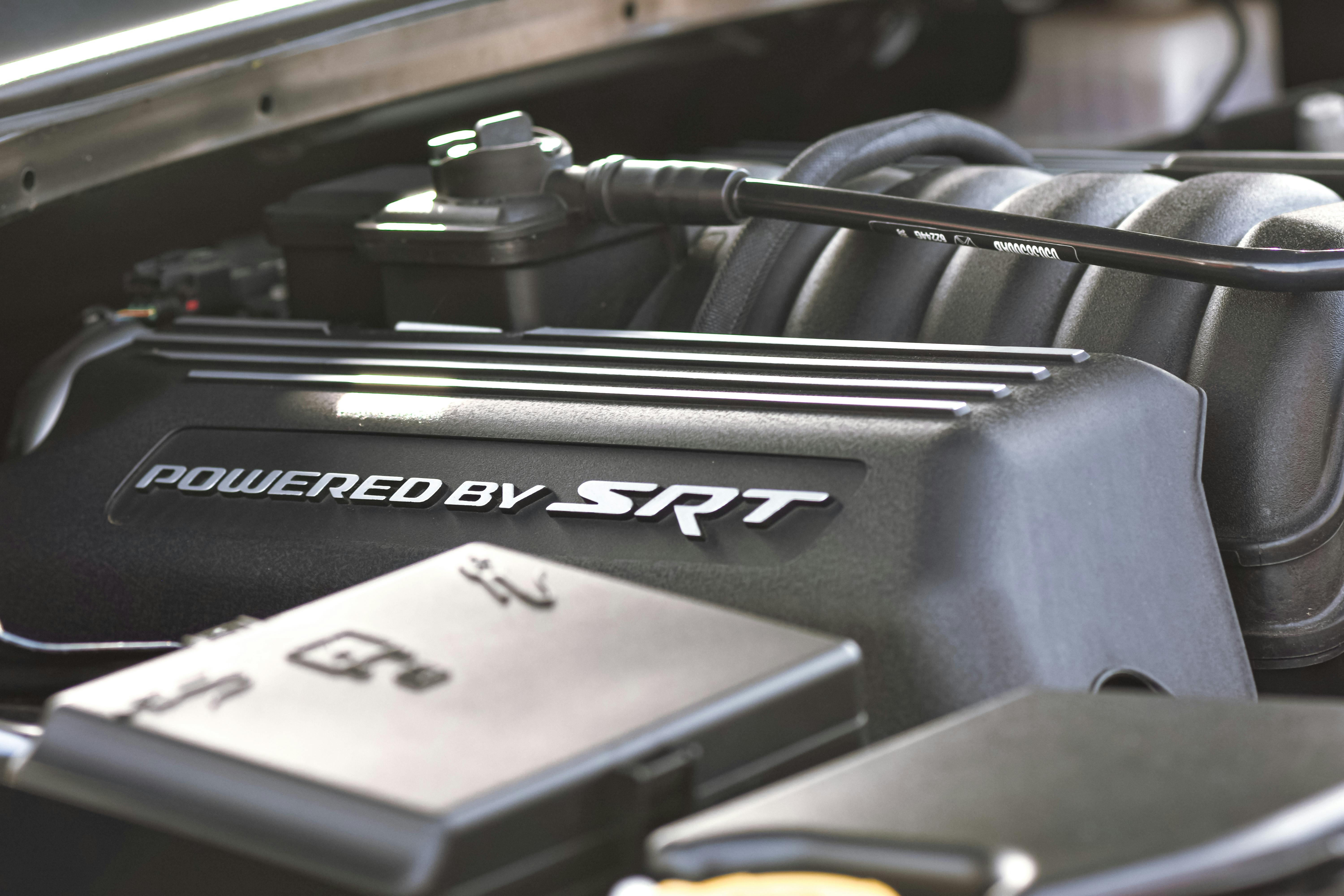"Reimagining Value Creation: Advancements in Product-Life Extension Strategies"
In a world increasingly focused on sustainability and responsible consumption, the concept of extending the lifespan of products has gained significant attention. This strategy, termed as Product-Life Extension (PLE), involves actions that prolong the useful life of products, thereby reducing waste and contributing to a more sustainable economy. Businesses today are exploring this strategy not just to meet environmental objectives, but also to create unique value propositions and gain a competitive edge.

Defining Product-Life Extension
Product-Life Extension (PLE) offers a robust alternative to the traditional ‘make-use-dispose’ model, transforming it into a ‘make-use-reuse’ approach. This strategy involves repairing, upgrading, remanufacturing, or repurposing products to extend their lifespan. The roots of PLE can be traced back to the 1970s and 1980s, when the concept of sustainable development began gaining momentum. However, it is only in recent years that businesses have started to recognize the potential of PLE as a strategic tool for value creation.
The Current Landscape of PLE
The current PLE landscape is characterized by a shift in consumer preferences towards sustainable products and a growing emphasis on corporate sustainability. Businesses across sectors are leveraging PLE strategies, incorporating them into their operations in innovative ways. For instance, fashion brands are offering repair services for their products, while tech companies are designing products that can be easily upgraded or refurbished. These initiatives not only contribute to sustainability but also enhance customer loyalty and brand image.
PLE as a Business Strategy
PLE offers numerous benefits as a business strategy. It can reduce production costs, as it often involves using existing resources more efficiently. It can also open up new revenue streams, as businesses can charge for repair services or sell refurbished products. Moreover, PLE can enhance a company’s reputation as a socially responsible entity, strengthening its relationship with consumers and stakeholders. However, implementing PLE also presents challenges, such as the need for skilled labor and the potential for reduced sales of new products.
The Future of PLE
The future of PLE looks promising, with advancements in technology and evolving consumer behavior driving its adoption. The rise of the sharing economy and the trend towards minimalism are likely to further boost the relevance of PLE. However, to fully realize the potential of this strategy, businesses need to overcome obstacles such as regulatory barriers and logistical complexities.
Practical Insights into PLE Implementation
-
Consider the entire product lifecycle during the design phase – designing for durability and ease of repair can significantly extend a product’s lifespan.
-
Leverage technology to facilitate PLE – tech tools can help in diagnosing issues, enabling efficient repairs and upgrades.
-
Foster a culture of sustainability within the organization – employee engagement is crucial for the successful implementation of PLE strategies.
-
Communicate the benefits of PLE to consumers – educating customers about the environmental and economic advantages of longer-lasting products can drive demand for such offerings.
In conclusion, Product-Life Extension represents a powerful strategy for businesses to create value while contributing to sustainability. By reimagining traditional business models and exploring innovative ways to extend the lifespan of products, companies can reduce waste, save costs, and enhance customer loyalty. While challenges exist, the potential benefits of PLE make it a compelling proposition for businesses looking to thrive in the new era of sustainable development.





